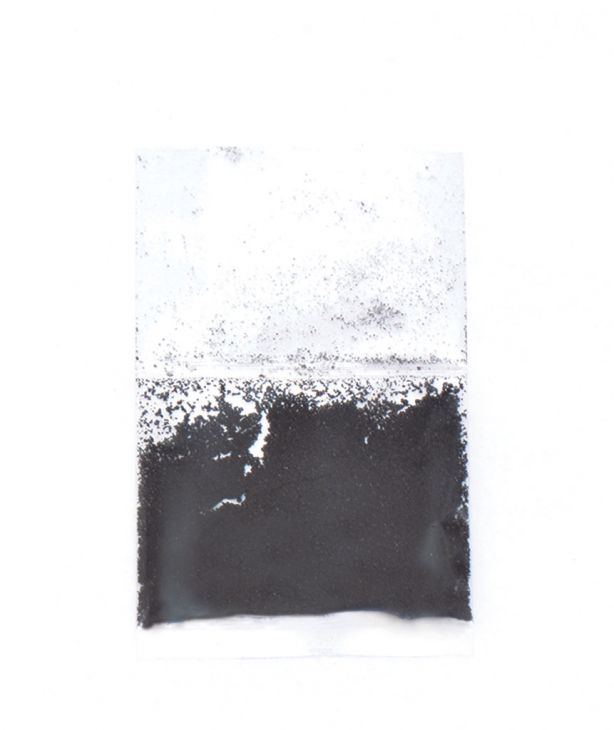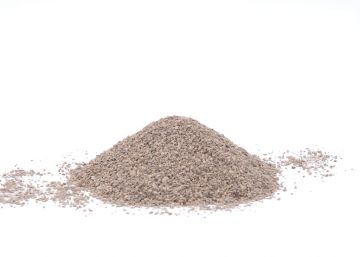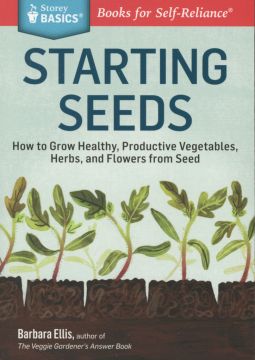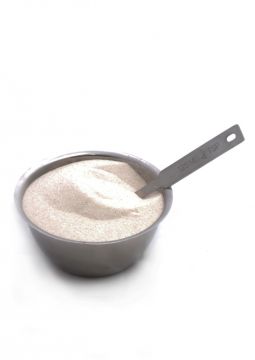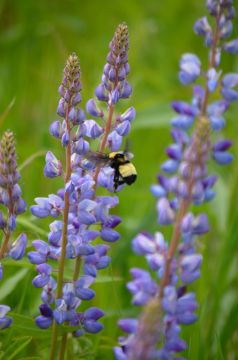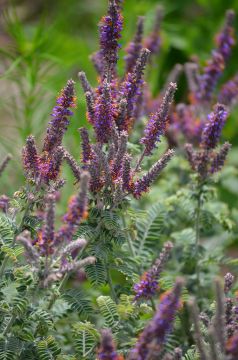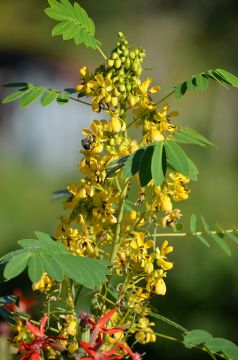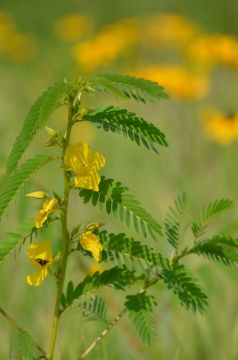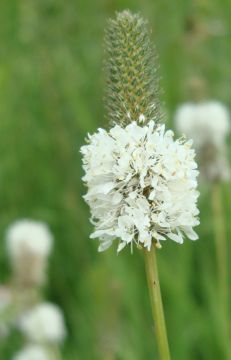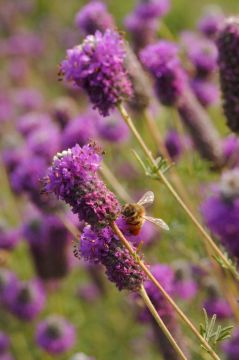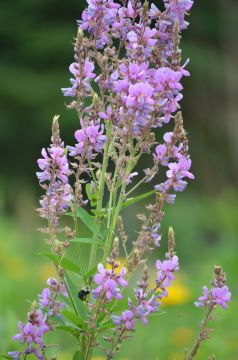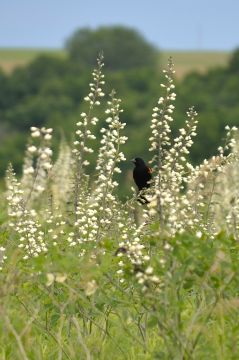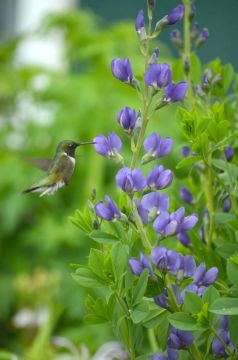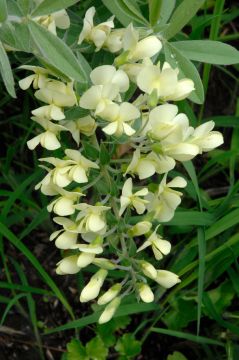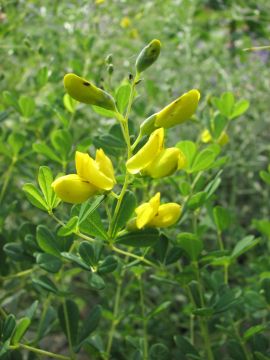Shipping fee is included! (Within the contiguous US). Choose from 10 different rhizobial inoculum strains. 1 bag will inoculate up to 1 pound of seed. Approximately 1/2 taplespoon of inoculum per bag.
Most legume species harbor beneficial bacteria called rhizobia on their roots. Genus-specific strains of this bacterium called inoculum can aid in the fixation of atmospheric nitrogen and improve long-term health of native plant communities, especially in low fertility soils.
STORE: In refrigerator (33 - 38 degrees F) in airtight container. Inoculum has a shelf life of approximately 1 year.
HOW TO USE: Add inoculant to dampened seed and mix thoroughly.
WHEN TO ADD: At time of cold, moist stratification, or if direct seeding, as close to planting time as possible.
SPECIAL CARE: Protect inoculated seed from sunlight or drying winds - cover seed as quickly as possible with soil or mulch.
ALTERNATIVE METHODS: Inoculant can be mixed with potting soil when planting in flats or peat pots; directly in the seed furrows along with seed at time of transplanting; or to potted plants by making a hole with a pencil. Inoculum may also be added to potting mix for container grown plants or into the bottom of a hole when transplanting container grown or bare root seedlings.
8 Questions asked on Inoculum for Legumes
If you have very degraded soil, perhaps all organic matter was stripped off from construction, then you could consider our Mycorrhizal Inoculum for Exposed Subsoil, sold by the lb.
TOOL SHED and BOOKS have the shipping fee included in the cost of the item. In other words, they SHIP FREE!
Shipping SeasonSEED, TOOLS and BOOKS are sent year-round. Most orders ship within a day or two upon receipt.
DeliveryWe ship using USPS, UPS and Spee Dee.
FOR MORE DETAILED SHIPPING INFORMATION, INCLUDING CANADA SHIPPING RATES (SEED ONLY), PLEASE SEE 'SHIPPING' AT THE FOOTER OF THIS WEBSITE.

